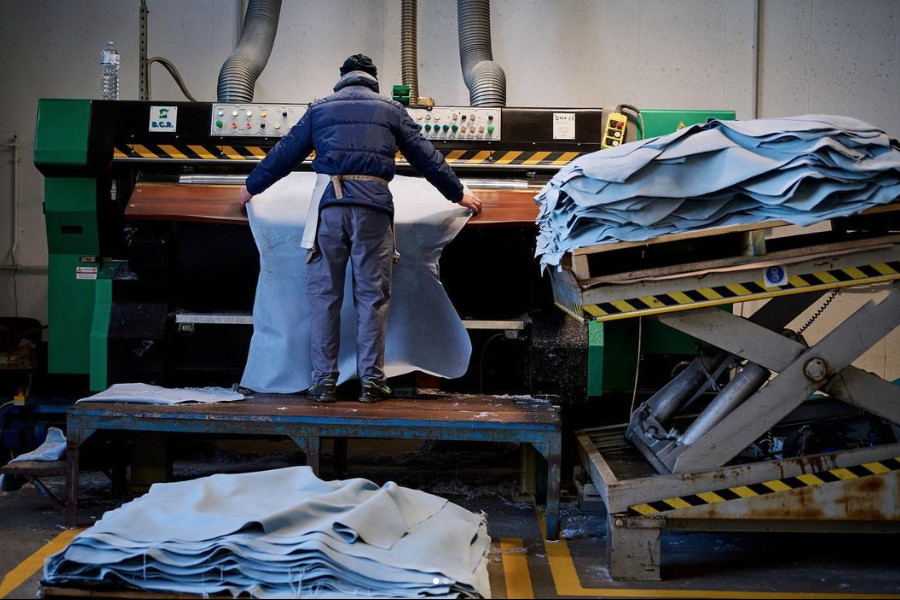Yes, there are indeed leather tanneries operating in the United States. These establishments are involved in the process of tanning — transforming raw animal hides into leather through the application of tanning agents. The U.S. leather industry, including tanneries, has a rich history, and while it has seen changes over the years, it continues to be a part of the country’s manufacturing sector.
The Role of Tanneries
Tanneries are integral to the leather industry. They receive raw, untreated animal hides and process them through various stages, including soaking, liming, deliming, bating, pickling, and finally tanning. Tanning is a vital process that converts the hide into a durable and non-decomposing material: leather.
Once the leather is produced, it can be sold to bag manufacturers like Leather Bag Factory who use it to create a range of products. Bag manufacturers may begin by designing a prototype, selecting materials, and cutting and stitching the leather to create the final product.
Leather Tanneries in the U.S.
There are several tanneries in the U.S., each with its unique processes and specialties. Some tanneries focus on vegetable tanning, a traditional method using tannins from plant sources like tree bark. Others use chrome tanning, a quicker and more popular method that uses chromium salts.
Famous U.S. tanneries include the Horween Leather Company in Chicago, one of the oldest continuously running tanneries in the U.S., and Wickett & Craig in Pennsylvania, renowned for its vegetable-tanned leather.

Challenges and Sustainability
While tanneries are a crucial part of the leather production process, they’ve faced challenges due to environmental concerns associated with waste products from the tanning process. Consequently, U.S. tanneries, like those globally, are increasingly adopting more sustainable practices, including better waste management and more environmentally friendly tanning methods.
Conclusion
In summary, leather tanneries are indeed operating in the U.S., playing a crucial role in the production of leather goods. Despite the challenges they face, many are adapting and innovating to ensure a more sustainable future for the leather industry. For the latest and most detailed information, consider exploring industry databases or directly reaching out to tanneries or industry organizations.